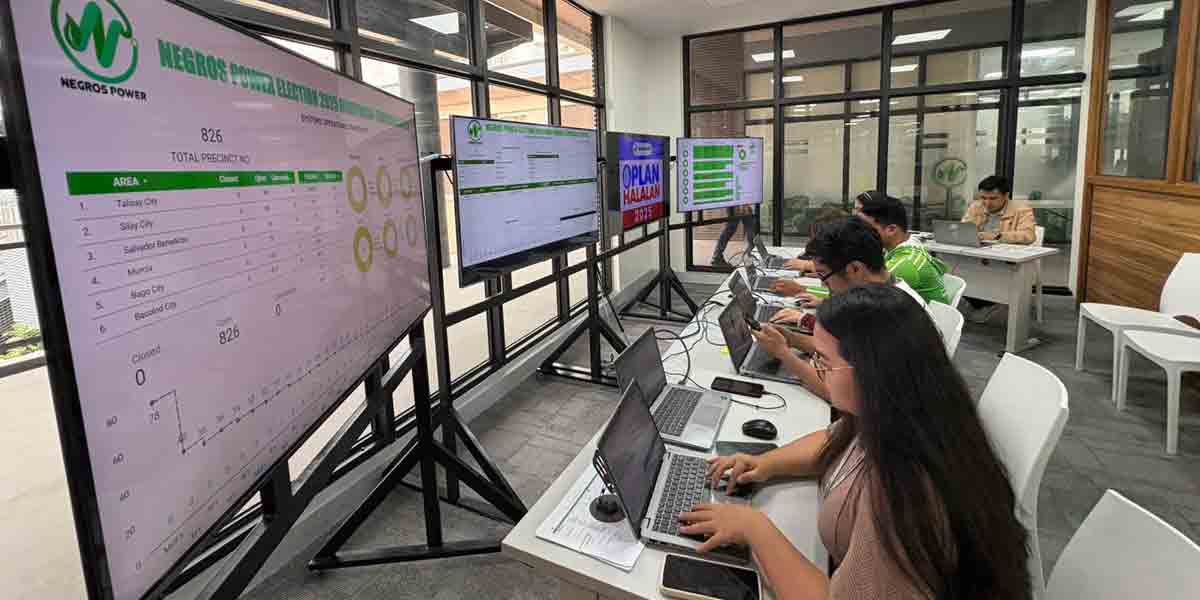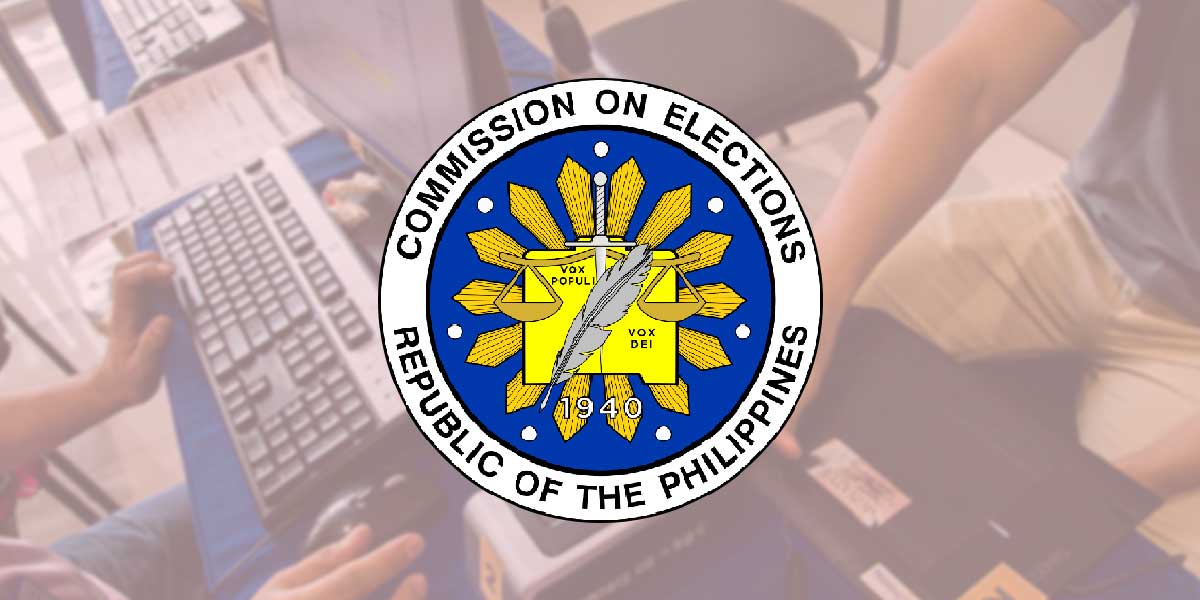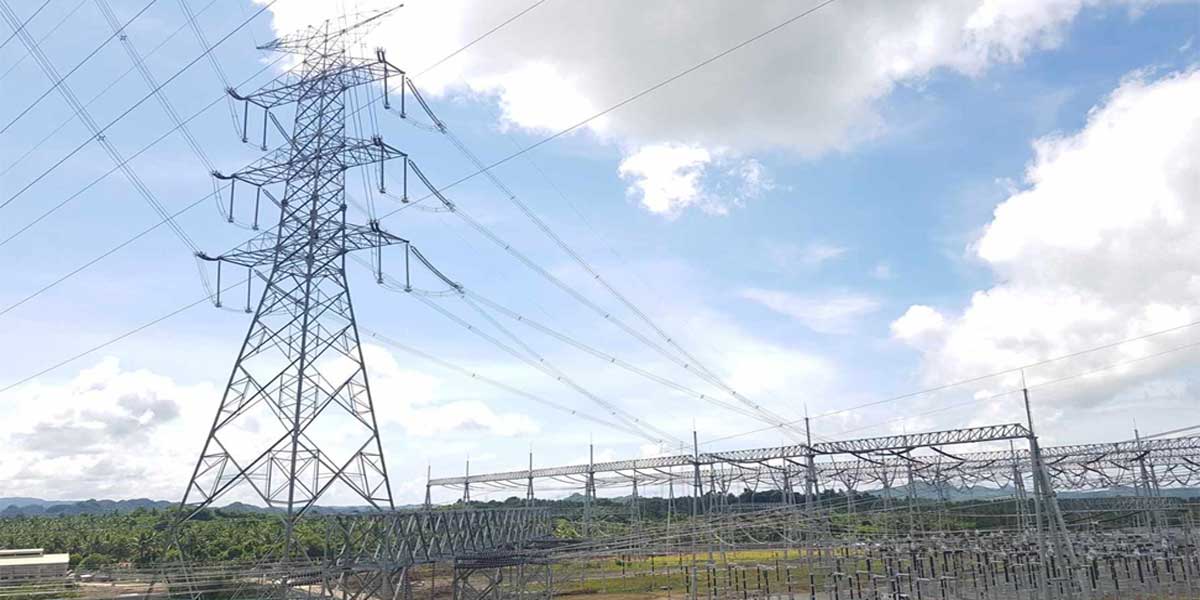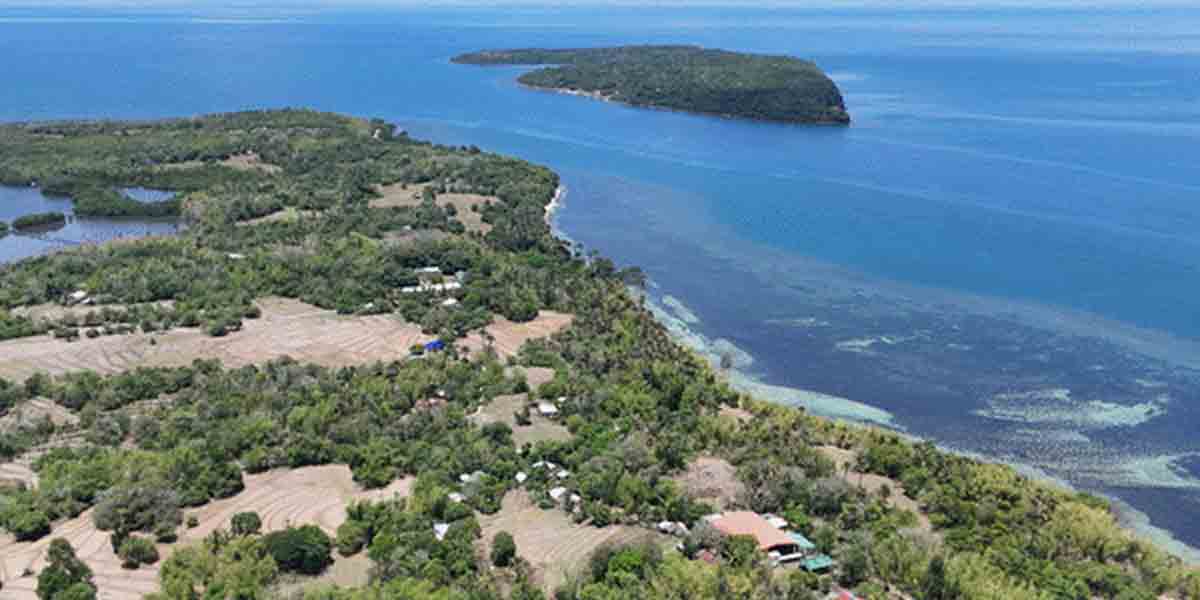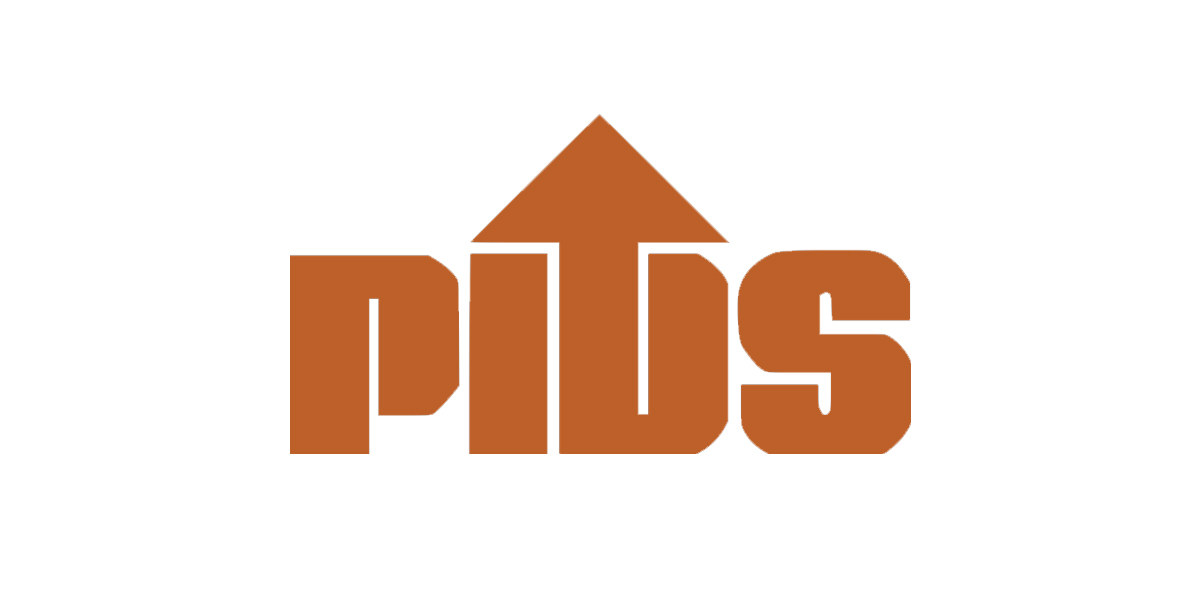The Monetary Board approved the new set of 2021 and 2022 balance of payments (BOP) projections during its 16 September 2021 meeting. This latest set of BOP projections revisits the forecasts released on 18 June 2021 to incorporate available data as well as recent emerging developments.
The current 2021 BOP assessment takes on a more guarded view of global and domestic economic developments going into the remaining months of the year. While global growth forecasts have been relatively unchanged from earlier estimates, domestic growth prospects have been scaled down (i.e., 2021 Philippine GDP growth target was revised to 4-5 percent from 6-7 percent), with risks elevated in both spheres.
Two key risks have affected the latest external sector assessment. One is the rapid spread of the more transmissible COVID-19 Delta variant which led to recent spikes in infection cases and prompted enforcement of more austere mobility restrictions.
Second is the supply and logistical issues in vaccine administration rendering the achievement of herd immunity more elusive and delaying plans to further open economies.
Nonetheless, the continued strong government policy support alongside a more targeted implementation of quarantine measures is expected to help the Philippine economy gradually carve a path towards a safe recovery.
For 2022, global and domestic economic activities are expected to fare better with recovery more firmly underway on expectations of containedCOVID-19 cases as most economies have inoculated a greater share of their population.
The projected sustained strengthening of advanced economies in 2022 bode well for the country’s prospects for trade and investments as well as overseas Filipinos (OF) remittances. Wider global distribution and administration of vaccines by next year are likewise expected to provide a boost to international travel.
The level of optimism continues to be guarded, however, as the recovery in both external and domestic demand remains fragile and depend largely on the reach of mass vaccination and effectiveness of policy support.
In view of the foregoing, the projected 2021 BOP surplus was revised downward to US$4.1 billion (1.1 percent of GDP) from the US$7.1 billion (1.8 percent of GDP) earlier projected.
The narrower BOP surplus reflects the expected lower current account surplus of US$3.5 billion (0.9 percent of GDP) from the previous projection of US$10.0 billion (2.5 percent of GDP) amid the expected widening of the trade-in-goods deficit.
This, in turn, results from the projected robust expansion of goods exports by 14.0 percent (from previous forecast of 10.0 percent) combined with an even stronger acceleration of goods imports by 20.0 percent (from 12.0 percent), both of which reflected the stronger-than-expected growth in the first half of 2021.
Meanwhile, services exports and imports are seen to contract by 2.0 percent and 4.0 percent in 2021, respectively, driven by the larger than initially forecasted contraction of travel receipts, despite the steady growth in BPO revenues..
OF cash remittances are seen to pick up at a faster pace of 6.0 percent in 2021 (from 4.0 percent). Lending support to this upward revision are the sustained inflows of OF remittances of 6.4 percent in the first half of 2021; increased global demand for foreign workers as host economies transition to recovery mode; and enhanced access to digital financial services to facilitate remittance transfers.
The financial account is projected to post lower net outflows due to moderating resident investments in foreign financial assets coupled with the inflows of foreign direct investments (FDIs) of US$7.0 billion and foreign portfolio investments (FPIs) of US$4.3 billion alongside government borrowings to fund the country’s fight against the pandemic and support the recovery program.
The emerging 2021 GIR is seen at US$114 billion (equivalent to 11.1 months of import cover), lower than the previous projection of US$115 billion to take into account outflows from foreign currency withdrawals of the national government from its deposits with the BSP to pay its foreign currency obligations and fund various expenditures. The forecast also reflects the infusion of US$2.8 billion in Special Drawing Rights (SDR) following the IMF’s allocation to member countries last 23 August 2021.
For 2022, the overall BOP surplus is seen to further moderate to US$1.7 billion (0.4 percent of GDP), reflecting the anticipated reversal of the current account into a deficit of US$1.4 billion (-0.3 percent of GDP). The projected current account deficit is attributed primarily to the further widening of the trade-in-goods deficit as growth in goods imports (10.0 percent) continue to outpace exports (6.0 percent).
Imports are reinvigorated by the infrastructure push under the government’s Build, Build, Build program leading to an accelerated rebound in demand for capital goods and raw materials as well as intermediate goods. Meanwhile, steady inflows from both OF remittances and BPO revenues as well as some recovery in travel receipts lend support to the current account.
On the financial account, FDI and FPI inflows are projected to reach US$7.5 billion and US$5.7 billion, respectively, amid expectations of improvements in the domestic and global investment climate next year. The emerging GIR level in 2022 is estimated to reach US$115 billion in anticipation of continued NG foreign borrowings to address the impact of the pandemic and to fast-track its infrastructure program.
By and large, in this assessment of the BOP outlook, while some upside risks remain, downside risks continue to build up underpinned by the emergence of highly transmissible variants of the COVID-19 virus. The lingering uncertainty continue to cast a shadow on external sector prospects over the near term as the direction and duration of the pandemic remains little known.
The Bangko Sentral ng Pilipinas (BSP) continues to emphasize limitations to the projections given the current volatile environment. Moving forward, the BSP will continue to remain vigilant in monitoring emerging external sector developments and risks and how these may impact the BSP’s fulfillment of its price and financial stability objectives.
2021-2022 Balance of Payments (BOP) Outlook
Emerging as of Q3 2021
| Particulars | Actual | 2021 Projections | 2022 Projections | |||
| 2020 r/ | Jan-June 2021 p/ | As of
Q2 2021* |
As of
Q3 2021 |
As of
Q2 2021* |
As of
Q3 2021 |
|
| Overall BOP Position (US$ Bn) | 16.0 | -1.9a/ | 7.1 | 4.1 | 2.7 | 1.7 |
| as % of GDP | 4.4 | -1.0 | 1.8 | 1.1 | 0.6 | 0.4 |
| Current Account (US$ Bn) | 11.1 | -1.2 | 10.0 | 3.5 | 6.7 | -1.4 |
| as % of GDP | 3.1 | -0.7 | 2.5 | 0.9 | 1.5 | -0.3 |
| o/w: Goods exports (g.r., %) | -9.8 | 21.3 | 10.0 | 14.0 | 6.0 | 6.0 |
| Goods imports (g.r., %) | -20.2 | 31.6 | 12.0 | 20.0 | 10.0 | 10.0 |
| o/w: Services exports (g.r., %) | -23.6 | -1.3 | 6.0 | -2.0 | 7.0 | 5.0 |
| Services imports (g.r., %) | -34.6 | -3.9 | 7.0 | -4.0 | 8.0 | 8.0 |
| BPO (g.r., %) | -1.3 | 7.1 | 5.0 | 5.0 | 5.0 | 5.0 |
| Travel receipts (g.r., %) | -79.5 | -82.1 | 15.0 | -80.0 | 25.0 | 25.0 |
| Cash remittances (g.r.,%) | -0.8 | 6.4 | 4.0 | 6.0 | 4.0 | 4.0 |
| Financial Account (US$ Bn) | -7.0 | 1.2 | 3.9 | 0.5 | 5.1 | -2.0 |
| o/w: Net FDI, liabilities (US$ Bn) | 6.6 | 4.3 | 7.5 | 7.0 | 8.5 | 7.5 |
| Net FPI, liabilities (US$ Bn) | 8.2 | -1.8 | 5.5 | 4.3 | 7.4 | 5.7 |
| Gross International Reserves | 110.1 | 105.8b/ | 115.0 | 114.0 | 117.0 | 115.0 |
*Approved by the Monetary Board (MB) on 17 June 2021.
r/ Revised
p/ Preliminary estimates
a/ Overall BOP position for the period January-July 2021 registered a deficit of US$1.3 billion
b/ Preliminary actual data on gross international reserves (GIR) as of end-July 2021 settled at US$106.55 billion
Note: Numbers may not add-up due to rounding

